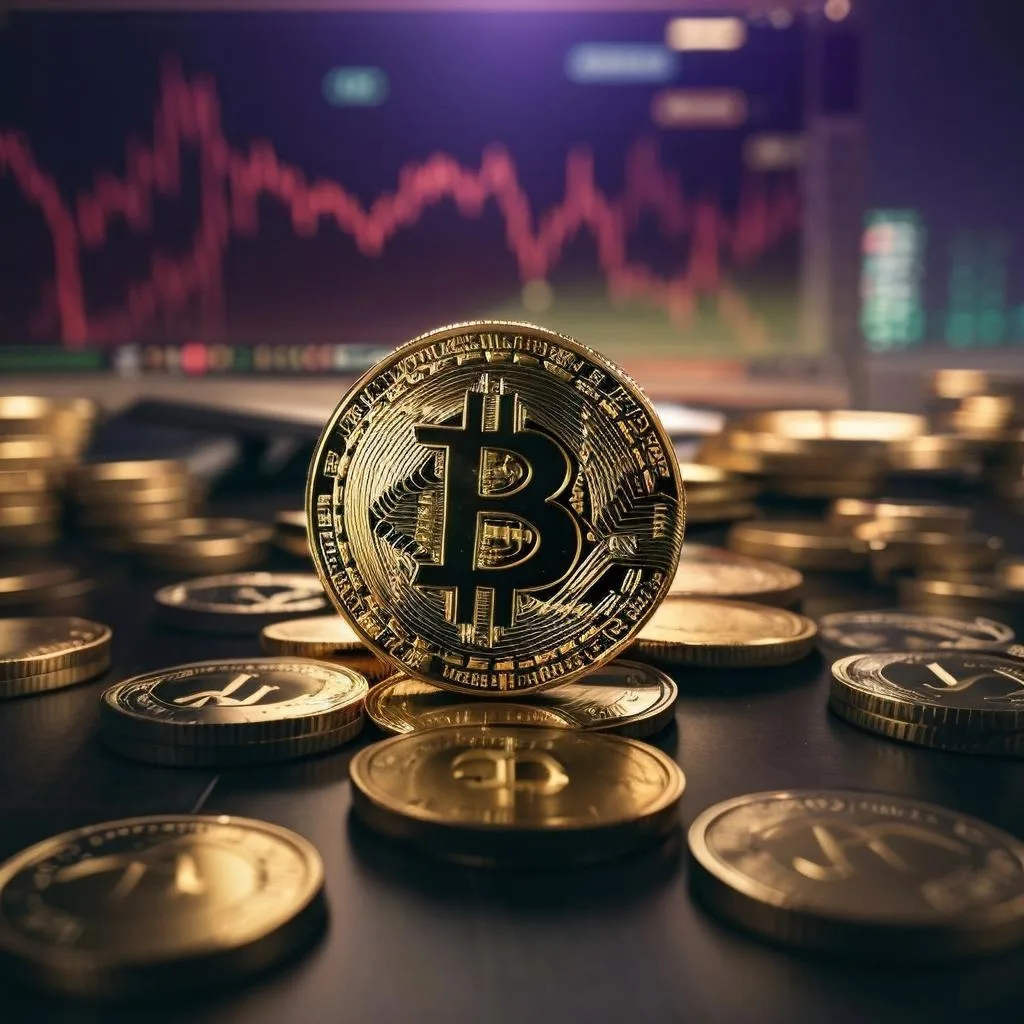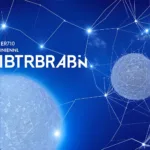
Bitcoin transaction fees have seen a dramatic increase, reaching levels not observed since the meme coin frenzy in May. From a mere $0.64 in August, the average cost to transact on the Bitcoin network has soared by approximately 970%, hitting $6.84 on a recent Wednesday. This escalation in fees is largely attributable to a rise in the minting of Ordinals, a new protocol that facilitates the storage of non-fungible tokens (NFTs) directly on the Bitcoin blockchain.
The Ordinals Effect on Bitcoin Fees
The Ordinals protocol has been a significant factor in the heightened activity on the Bitcoin blockchain. In the span of just two weeks, nearly 1.9 million inscriptions have been added, mirroring the heightened demand from the spring’s meme token surge. The protocol’s ability to embed NFTs into the Bitcoin network has drawn considerable attention, contributing to the increased transaction fees.
Recent Developments in the Ordinals Ecosystem
The cryptocurrency exchange Binance played a role in the renewed interest in Ordinals by listing its native token, ORDI. The listing almost doubled ORDI’s price, although it later retracted some of its gains. This resurgence is not only beneficial to those trading the token but also to Bitcoin miners who see transaction fees as a growing portion of their income. Now, fees constitute about 8.5% of the total revenue for miners.
Implications for Bitcoin Miners
The uptick in Bitcoin transaction fees comes at a crucial time for miners. With the next Bitcoin halving event anticipated in April 2024, miners are preparing for a significant reduction in block rewards. This event, which occurs roughly every four years, will halve the number of bitcoins awarded for mining a block. As a result, transaction fees are becoming an increasingly important source of revenue for miners as they look to offset the impending decrease in block rewards.
In conclusion, the resurgence of interest in the Ordinals protocol has had a notable impact on Bitcoin transaction fees. As the Bitcoin blockchain experiences higher demand for transaction space, fees are likely to remain elevated, especially in the lead-up to the halving event. This trend underscores the dynamic nature of the blockchain ecosystem and its ability to adapt to new innovations such as NFTs on Bitcoin. The increased fees signal a healthy demand for Bitcoin’s block space and provide a vital revenue stream for miners, which will become even more significant after the halving reduces their block rewards.




